
|
|
|
|
|
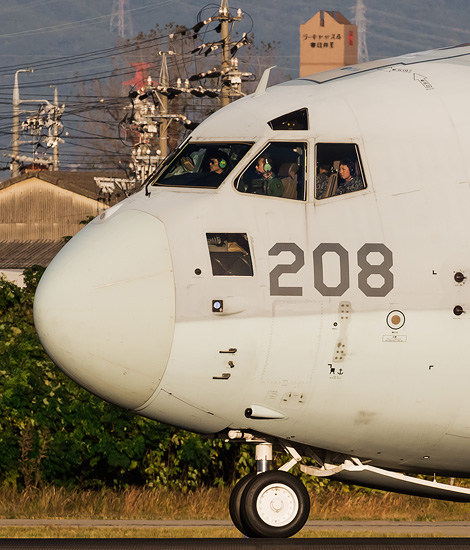
|
The Third Tactical Airlift Group; Komaki, November 10, 2019
The Japan Air Support Group, part 3; Text and Photograph's by Alex van Noye
The third large airbase where the Japanese transport aircraft are based is Miho Air Base in the southwest. At this air base, the Kawasaki C-2 is being introduced for the first time as the newest transport aircraft of the Japan Air Self Defense Force. There is also a transport and training unit based here that flies the T-400.
The third Japanese transport wing that falls under the command of the Air Support Group is the 3rd Tactical Airlift Group (3TAG). This unit is currently based on Miho Air Base in the southwest of the country near the city of Sakaiminato City in the Tottori Prefecture. The 3TAG head office is also located at Miho Air Base and the unit is equipped with transport aircraft and a number of training aircraft for this task. The most important mission of the 3TAG is the transport of personnel and equipment. These missions consist of supporting operations in the air and delivering dropped cargo. In addition, the wing is responsible for the education and training of pilots and aviation officers such as navigators, air transport personnel, maintenance personnel and on board radio personnel for all Japanese transport aircraft and rescue aircraft. All pilots who fly with transport aircraft at the Japan Air Self Defense Force (JASDF) will receive their advanced training at the 3TAG. The 3TAG nowadays consists of two squadron, these units are the 403 Hikotai and the 41 Kyoiku Hikotai. The most important unit when it comes to 3TAG operational tasks is the 403 Hikotai. The 3TAG was established in its current form on March 31, 1978. The 403 Hikotai was equipped with the YS-11P for transport tasks at the time of its creation. The YS-11 soon received support at the 403 Hikotai, as the Kawasaki C-1 became operational at the unit on March 3, 1979. The YS-11P was to remain in service at the 403 Hikotai until May 19, 2017. A year later this unit would also stop flying with the Kawasaki C-1 in April 2018.
These considerably outdated aircraft were replaced by a new type that came into service within the JASDF. This new type was the Kawasaki C-2. This aircraft is based on the Kawasaki C-1 in terms of design, but is a totally new and very modern aircraft. The first C-2 was delivered to the 403 Hikotai on March 28, 2017. The 403 Hikotai is the first unit of the JASDF to receive this new type in operational service. As successor to the highly outdated Kawasaki C-1, the Technology Research Division of the Ministry
|
|
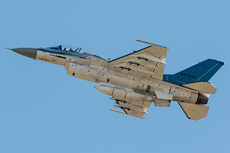
|
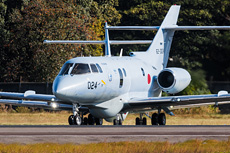
|
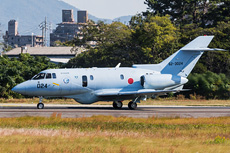
|
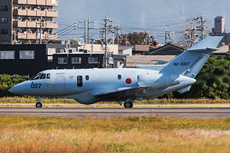
|
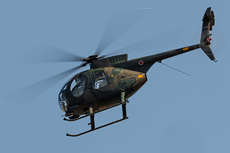
|
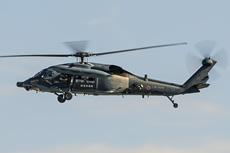
|
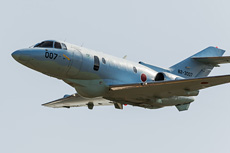
|
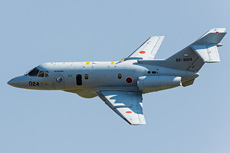
|
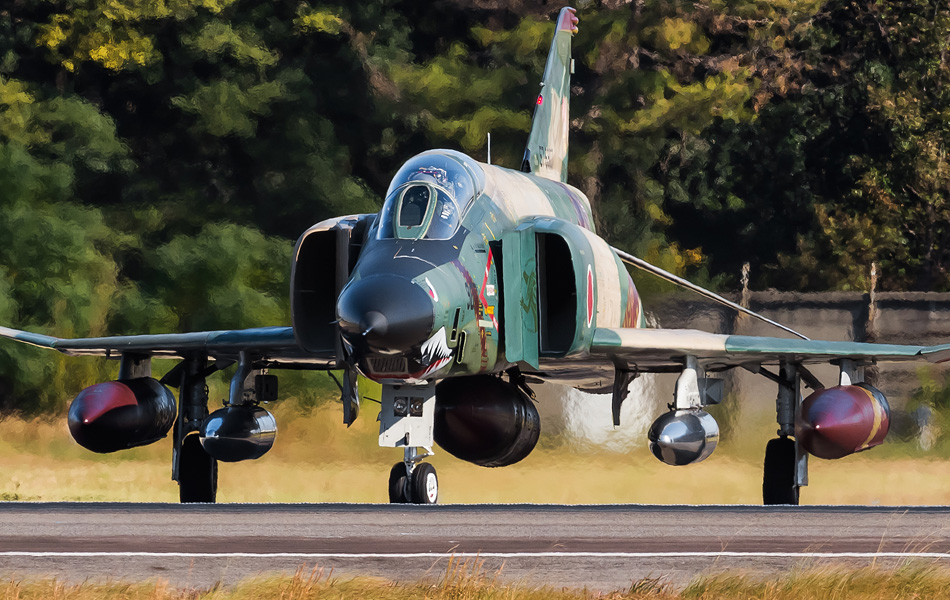
|
of Defense and Kawasaki Heavy Industries have further developed the CX plan. Kawasaki Heavy Industries would become the contractor that would actually produce the CX project. The 403 Hikotai at Miho Air Base has been designated from the start as the unit that would be the first to fly this new type. The design was soon referred to as the Kawasaki C-2. At JASDF, this large transport aircraft is also known as the Blue Whale, because the aircraft is shaped like a whale. The C-2 should become the successor to the C-1 when the project started in the year 2000. The C-2 was developed as a twin-engine tactical transport aircraft for the JASDF. The first flight with this new aircraft was flown on January 26, 2010. During this first flight, the first prototype was named XC-2. The original plan was to deploy the first aircraft at the end of 2014 at Miho Air Base. However, this import was delayed due to a lack of decisiveness during the development of the aircraft. On March 27, 2017, the development was completed and the C-2 design was approved for operational use.
The Kawasaki C-2 is a long-haul aircraft that can carry loads up to four times heavier than the Kawasaki C-1. The aircraft is capable of transporting complete MIM-104 Patriot surface-to-air missile batteries and Mitsubishi UH-60 helicopters. The flight range of the Kawasaki C-2 is also more than six times larger than that of the Kawasaki C-1. The C-2 is not only based on the outdated C-1. The aircraft also contains many components and functions based on the American Boeing C-17 Globemaster III. The C-2 is related to the design of the Kawasaki P-1 that was commissioned by the Japan Maritime Self Defense Force. The C-2 and P-1 have much the same components, which means that the production of both aircraft is considerably lower. The C-2 is powered by a pair of General Electric CF6-80C2K turbofan engines. The C-2 has a large internal cargo deck that is equipped with an automated loading and unloading system to reduce the workload on personnel and ground equipment. The front body parts and the horizontal stabilizer are made from an internally designed composite material. The C-2 is equipped with a fully glass cockpit and a fly-by-wire flight control. On March 28, 2017, the first three C-2s were delivered to the 403 Hikotai at Miho Air Base. The first deployment of the C-2 took place just a year later. A C-2 was sent to Djibouti in Africa where the JASDF contributed to the humanitarian mission. The JASDF is expected to receive around 40 C-2 transport aircraft. The 403 Hikotai is the first unit that flies operationally with the aircraft.
The second unit based on Miho Air Base is the 41 Kyoiku Hikotai. This unit is a training unit for all transport units of the JASDF. The 41 Kyoiku Hikotai is still a young unit of the JASDF, because the unit was only established on June 1, 1995. The unit received the T-400 for the training task. This aircraft is based on the American T-1A Jay Hawk and is used for the training of transport pilots. The 41 Kyoiku Hikotai received a total of thirteen of these T-400s for this training task at Miho Air Base. The basic specifications of the T-400 are the same as the T-1. However, the internal layout is different and there are changes such as the addition of an inertial navigation system and a jet reverse system for landing. Mitsubishi Heavy Industries has built the aircraft under license and is also responsible for the regular inspection and maintenance of the T-400. The T-400 aircraft can be recognized by the white color scheme with a number of black stripes across the fuselage. The pilots who will fulfill their careers on the JASDF transport aircraft will start their training on the T-7 at Shizuhama Air Base or Hofu Air Base. After this initial training the pilots will start their training at the 41 Kyoiku Hikotai on the T-400. The training for transport pilot takes about twelve months. After the training at this unit, the pilots will be assigned to one of the large operational transport wings of the JASDF or to one of the rescue units to fly the U-400 for SAR missions.
|

|
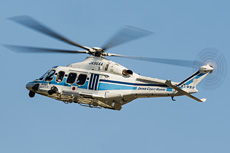
|
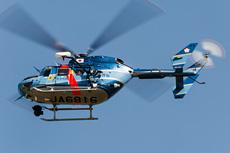
|
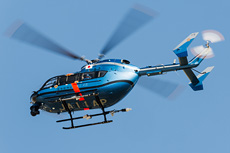
|
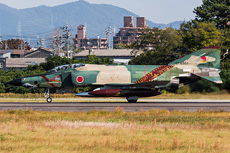
|
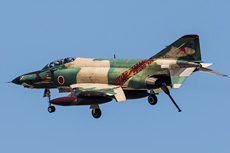
|
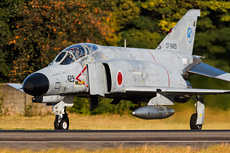
|
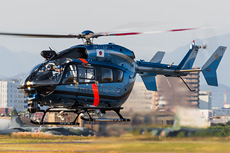
|
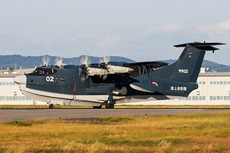
|
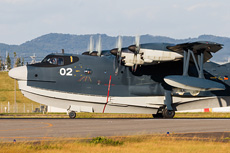
|
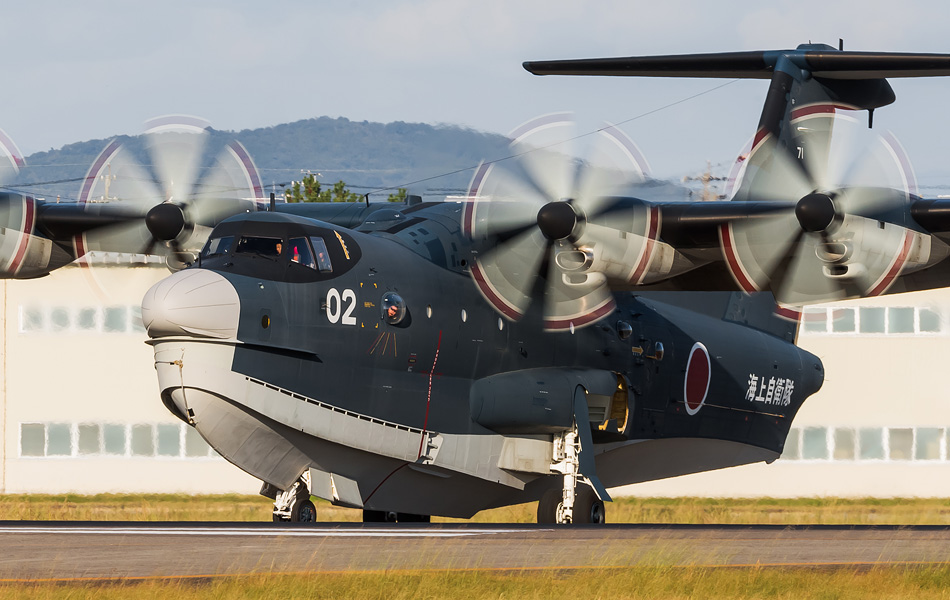
|
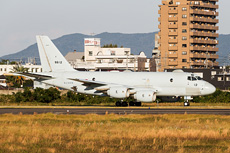
|
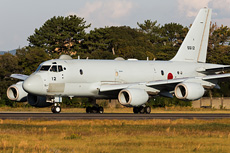
|
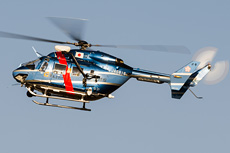
|
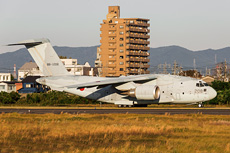
|
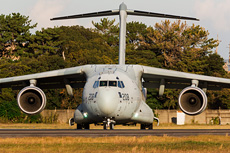
|
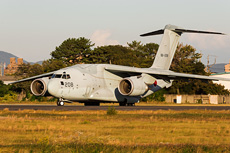
|
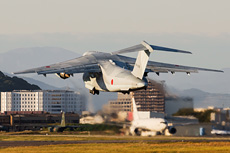
|
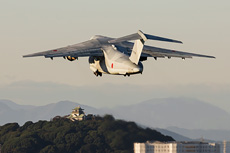
|
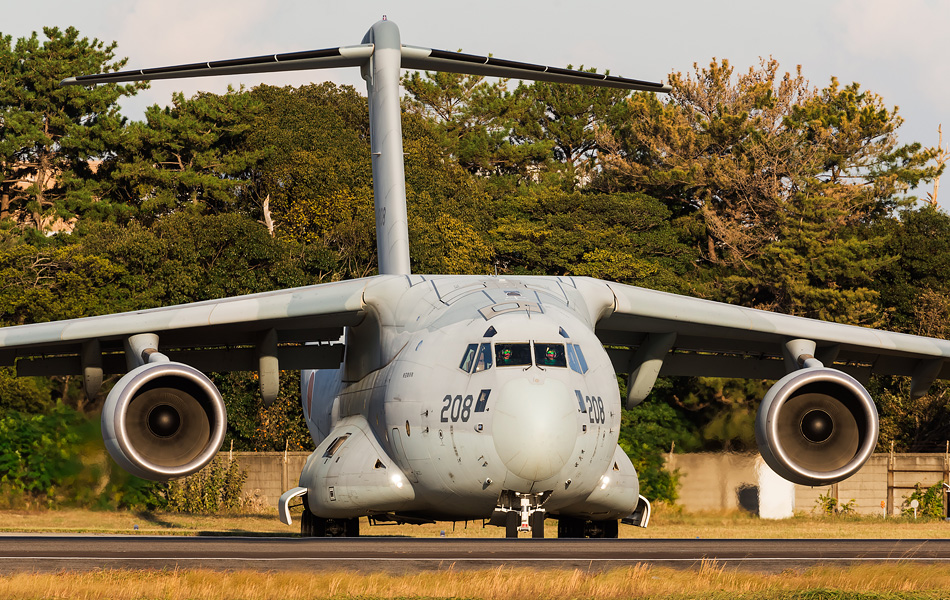
|
|
|

|







